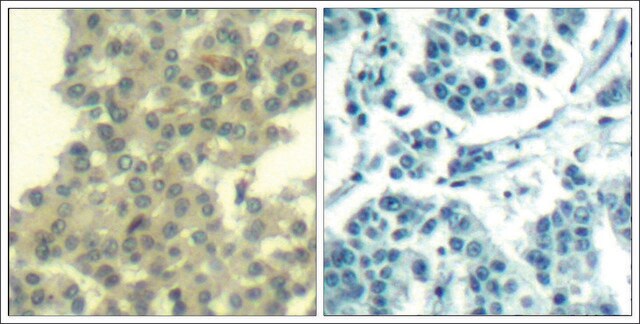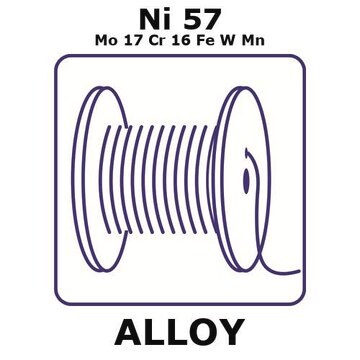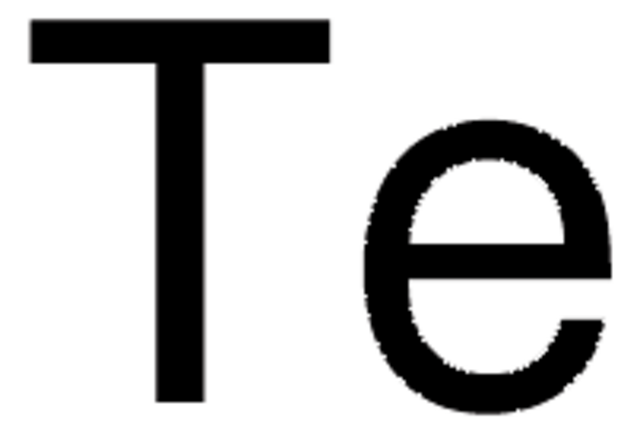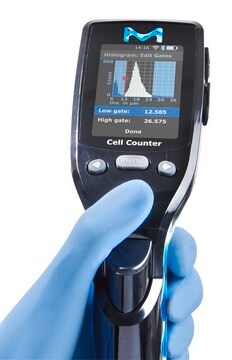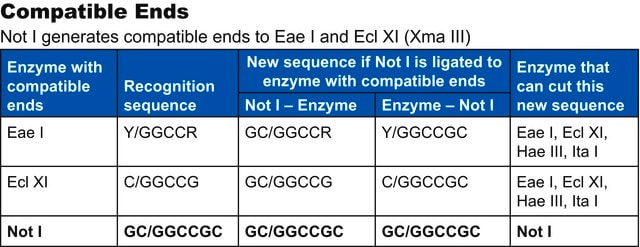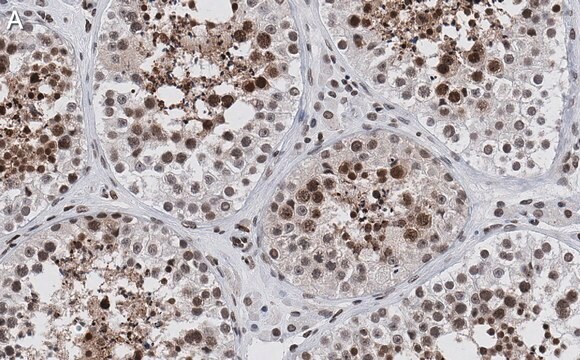一般說明
We are committed to bringing you greener alternative products, which adhere to one or more of The 12 Principles of Green Chemistry.This antibody is Preservative-free, produced without the harm or sacrifice of animals and exceptionally stable to allow for ambient shipping and storage if needed and thus aligns with "Waste Prevention", "Designing Safer Chemicals" and "Design for Energy Efficiency".
Click here for more information.
ZooMAb® antibodies represent an entirely new generation of recombinant monoclonal antibodies. Each ZooMAb® antibody is manufactured using our proprietary recombinant expression system, purified to homogeneity, and precisely dispensed to produce robust and highly reproducible lot-to-lot consistency. Only top-performing clones are released for use by researchers. Each antibody is validated for high specificity and affinity across multiple applications, including its most commonly used application. ZooMAb® antibodies are reliably available and ready to ship when you need them.
特異性
Clone 1B7 is a ZooMAb® rabbit recombinant monoclonal antibody that specifically detects Receptor tyrosine-protein kinase erbB4/(HER4. It targets an epitope within 17 amino acids from the N-terminal, extracellular domain.
免疫原
KLH-conjugated linear peptide corresponding to 17 amino acids from the N-terminal region of human Receptor tyrosine-protein kinase erbB4/HER4.
應用
Quality Control Testing
Evaluated by Western Blotting in L6 cell lysate.
Western Blotting Analysis: A 1:1,000 dilution of this antibody detected erbB4/HER4 in L6 cell lysate.
Tested Applications
Western Blotting Analysis: A 1:1,000 dilution from a representative lot detected erbB4/HER4 in lysates from NIH3T3 cells and Human cerebral cortex membrane preparations.
Flow Cytometry Analysis: 0.1 µg from a representative lot detected erbB4/HER4 in one million MCF-7 cells.
Immunohistochemistry (Paraffin) Analysis: A 1:100 dilution from a representative lot detected erbB4/HER4 in Human pancreas tissue sections.
Affinity Binding Assay: A representative lot of this antibody bound erbB4/HER4 peptide with a KD of 9.1 x 10-8 in an affinity binding assay.
Immunocytochemistry Analysis: A 1:100 dilution from a representative lot detected erbB4/HER4 in MCF-7 cells.
Note: Actual optimal working dilutions must be determined by end user as specimens, and experimental conditions may vary with the end user
標靶描述
Receptor tyrosine-protein kinase erbB-4 (UniProt: Q15303; also known as EC:2.7.10.1, Proto-oncogene-like protein c-ErbB-4, Tyrosine kinase-type cell surface receptor HER4, p180erbB4) is encoded by the ERBB4 (also known as HER4) gene (Gene ID: 2066) in human. erbB4 is a single-pass type I membrane glycoprotein that is synthesized with a signal peptide (aa 1-25), which is subsequently cleaved off to produce the mature form that contains an extracellular domain (aa 26-651), a transmembrane domain (aa 652-675), and a cytoplasmic domain (aa 676-1308). Its higher expression is observed in brain, heart, kidney, skeletal muscle, spleen, testis, and breast tissue. Lower expression is observed in thymus, lung, pancreas, and salivary glands. erbB4 is a tyrosine-protein kinase that serves as a receptor for neuregulins and EGF family members. Its protein kinase domain is localized in amino acids 718-985. It is required for normal cardiac muscle differentiation during embryonic development, and for postnatal cardiomyocyte proliferation. It is also required for normal development of the embryonic central nervous system, especially for normal neural crest cell migration and normal axon guidance. Ligand binding to erbB4 triggers receptor dimerization and autophosphorylation at specific tyrosine residues that then serve as binding sites for scaffold proteins and effectors. It is constitutively phosphorylated at a basal level and ligand binding LEADS™ to increased phosphorylation. Phosphorylation at Tyr-1035 is important for its interaction with STAT1 and phosphorylation at Tyr-1056 is required for its interaction with phosphoinositide-3-kinase regulatory subunit 1 (PIK3R1). Its phosphorylation at Tyr-1242 is important for interaction with SHC adaptor protein 1 (SHC1). erbB4 can be proteolytically processed to generate an intracellular domain (4ICD) that can translocate to nucleus to promote import and activation of STAT5A. 4ICD also translocates to mitochondria where it promotes apoptosis. This ZooMAb® recombinant monoclonal antibody, generated by our propriety technology, offers significantly enhanced specificity, Affinity™, reproducibility, and stability over conventional monoclonals. (Ref.: Williams, CC., et al. (2004). J. Cell Biol. 167(3); 469-478; Komuro, A., et al. (2003). J. Biol. Chem. 278(35); 33334-33341; Harari, D., et al. (1999). Oncogene. 18(17); 2681-2689).
外觀
Purified recombinant rabbit monoclonal antibody IgG, lyophilized in PBS, 5% Trehalose, normal appearance a coarse or translucent resin. The PBS/trehalose components in the ZooMAb formulation can have the appearance of a semi-solid (bead like gel) after lyophilization. This is a normal phenomenon. Please follow the recommended reconstitution procedure in the data sheet to dissolve the semi-solid, bead-like, gel-appearing material. The resulting antibody solution is completely stable and functional as proven by full functional testing. Contains no biocide or preservatives, such as azide, or any animal by-products. Larger pack sizes provided as multiples of 25 µL.
重構
300 µg/mL after reconstitution at 25 µL per vial. Please refer to guidance on suggested starting dilutions and/or titers per application and sample type.
儲存和穩定性
Recommend storage of lyophilized product at 2-8°C; Before reconstitution, micro-centrifuge vials briefly to spin down material to bottom of the vial; Reconstitute each vial by adding 25 µL of filtered lab grade water or PBS; Reconstituted antibodies can be stored at 2-8°C, or -20°C for long term storage. Avoid repeated freeze-thaws.
其他說明
Concentration: Please refer to the Certificate of Analysis for the lot-specific concentration.
法律資訊
Affinity is a trademark of Mine Safety Appliances Co.
LEADS is a trademark of Compugen
ZooMAb is a registered trademark of Merck KGaA, Darmstadt, Germany
免責聲明
Unless otherwise stated in our catalog or other company documentation accompanying the product(s), our products are intended for research use only and are not to be used for any other purpose, which includes but is not limited to, unauthorized commercial uses, in vitro diagnostic uses, ex vivo or in vivo therapeutic uses or any type of consumption or application to humans or animals.

